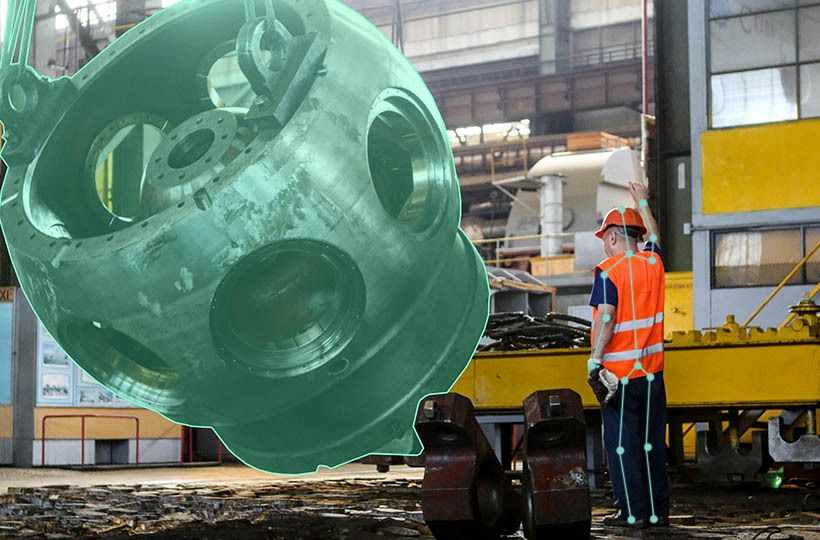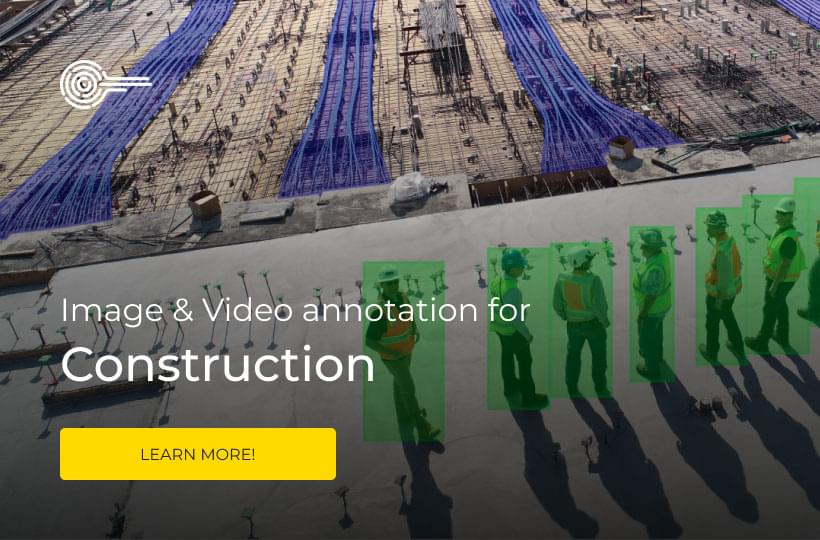From Blueprints to Reality: AI for Construction Site Planning and Optimization

Artificial intelligence is transforming the architecture, engineering, construction, and operations (AECO) sector. Machine learning algorithms are changing construction planning. These algorithms analyze large amounts of data, predict risks, and optimize resource utilization, completely reimagining the construction process.
Quick Take
- AI in construction increases efficiency and productivity.
- AI reduces costs on construction projects.
- Machine learning algorithms increase the accuracy of building design.
- AI-based tools optimize resource allocation and risk management.

The Evolution of Construction Planning
Traditional construction planning methods have often led to inefficiencies and project failures. Most construction project managers have experienced failures, highlighting the need for improved planning methods. These limitations include:
- Inconsistent data management.
- Poor communication between teams.
- Difficulty tracking progress in real-time.
- Inaccurate cost estimates.
The Rise of AI in AECO
The adoption of AI-based planning in AECO has transformed construction management. AI combines computer technology with data science to solve construction problems. These include:
- Predictive analytics to predict timelines and budgets.
- Automation of repetitive tasks such as planning and bricklaying.
- Accurate cost estimates.
- Better safety through hazard detection.
Benefits of AI-based planning and optimization
Understanding Construction Planning with AI
Machine learning algorithms process large amounts of data to improve construction processes. They identify patterns, predict problems, and suggest improvements, enabling intelligent decisions and reducing risk.
Predictive analytics is the foundation of AI-driven planning. It predicts delays, cost overruns, and safety risks. By addressing these issues early, construction companies can save time and money.
- Reduces equipment downtime.
- Increases equipment life.
- Shortens design time.
- Reduces construction costs.
The market for AI in construction is growing rapidly. It is projected to reach $16.96 billion by 2030. This confirms the growing use of AI across the sector.
AI Components in Construction Site Planning
Machine learning analyzes large historical data sets to optimize processes and identify potential risks. These algorithms can, for example, predict hazards, improve planning, and predict maintenance issues.
Predictive analytics uses data and algorithms to predict future outcomes. It helps make informed decisions about resource allocation, risk mitigation, and project timelines. Autodesk Construction IQ, an AI-powered tool, shows how predictive analytics can address design, quality, and safety risks.
Computer vision enables construction site monitoring, safety inspections, and quality control automation. AI-powered cameras scan construction sites, recognize images to identify safety threats, and track progress. For example, OpenSpace. AI uses computer vision to compare actual progress with construction plans, highlighting discrepancies and areas to focus on.

Implementing AI in Construction Workflows
Let’s explore strategies for integrating AI into your workflows.
AI-powered Resource Allocation and Optimization
AI in construction resource optimization ensures efficient labor, materials, and equipment use. Predicting resource needs and identifying shortages helps develop optimal allocation strategies. This approach reduces waste, increases productivity, and saves money.
Machine learning optimizes resource allocation in construction by:
- Predicting financial resource overruns.
- Resolving labor shortages.
- Predicting project delays.
- Identifying security threats.
- Maintaining quality standards.
Improving Project Schedules with AI
AI optimizes crew time on site, reducing unproductive construction time. Through data analysis, AI predicts deadlines and adjusts schedules in real-time.
Risk Assessment and Mitigation
AI data processing improves construction risk assessment. Algorithms analyze large amounts of data from project plans, past incidents, weather conditions, and terrain characteristics. AI can then predict hazards before work begins. Systems detect problems humans might miss, such as structural hazards or safety breaches. This allows companies to avoid accidents and plan for insurance and technical safety costs.
Real-time Progress Tracking
AI tools track project progress in real-time. They quickly adjust schedules and resource allocation, which benefits self-employed contractors who can increase their profit margin by properly managing labor and equipment.
Artificial Intelligence for Construction Safety and Quality Control
Computer vision for construction safety automatically detects when workers are missing or using the right protective equipment. By learning from past projects, AI predicts and prevents future dangerous situations.
AI tools quickly detect defects and deviations from design specifications in quality control. This allows for quick fixes and reduces rework. AI ensures that projects meet standards by monitoring objects in real time to avoid errors and save time and resources.
- Artificial intelligence analyzes data to predict safety issues.
- Computer vision systems detect safety violations.
- AI-based tools detect defects and errors.
- Real-time tracking ensures quality results.
Challenges of Implementing AI for Construction Planning
Ensuring data accuracy and compatibility is a major hurdle in implementing AI. The complexity of the construction sector increases the challenges of data integration. It requires compatible practices and data sharing. Connectivity issues in remote areas have also been a barrier to implementing AI tools, but the advent of 4G and 5G networks has solved this.
Training and Adaptation of the Workforce
Training the construction workforce is essential for the integration of AI. The shortage of workers affects AI engineers, creating a significant barrier. Companies must invest in training to equip workers with AI-based tools and processes. This will ensure a smooth transition from traditional methods.
Ethical Considerations and Transparency
The opacity of machine learning systems increases distrust in AI-based solutions. Security concerns, including economic, financial, and safety, complicate the situation. Transparency in decision-making and combating algorithmic bias are key aspects. As the industry uses AI for planning and optimization, overcoming these challenges will allow the full benefits of this technology to be realized.
FAQ
What are the benefits of using AI in construction planning?
AI-based construction planning software increases efficiency, reduces costs, increases accuracy, optimizes projects, and ensures safety.
What are the components of AI in construction site planning?
Components include machine learning algorithms, predictive analytics, and computer vision technology.
What does AI use to allocate and optimize construction resources?
AI uses machine learning to analyze project needs, resources, and historical data.
What does AI use to improve project schedules in construction?
It uses historical data and real-time updates for intelligent planning. It also helps assess and mitigate risks.
How does AI improve safety and quality control in construction?
It detects hazards, defects, and deviations using real-time cameras and sensors.
What are the challenges in implementing AI for construction planning?
Data quality and integration, workforce training, and ethical issues. These include ensuring transparency in AI decision-making and eliminating bias in algorithms.




